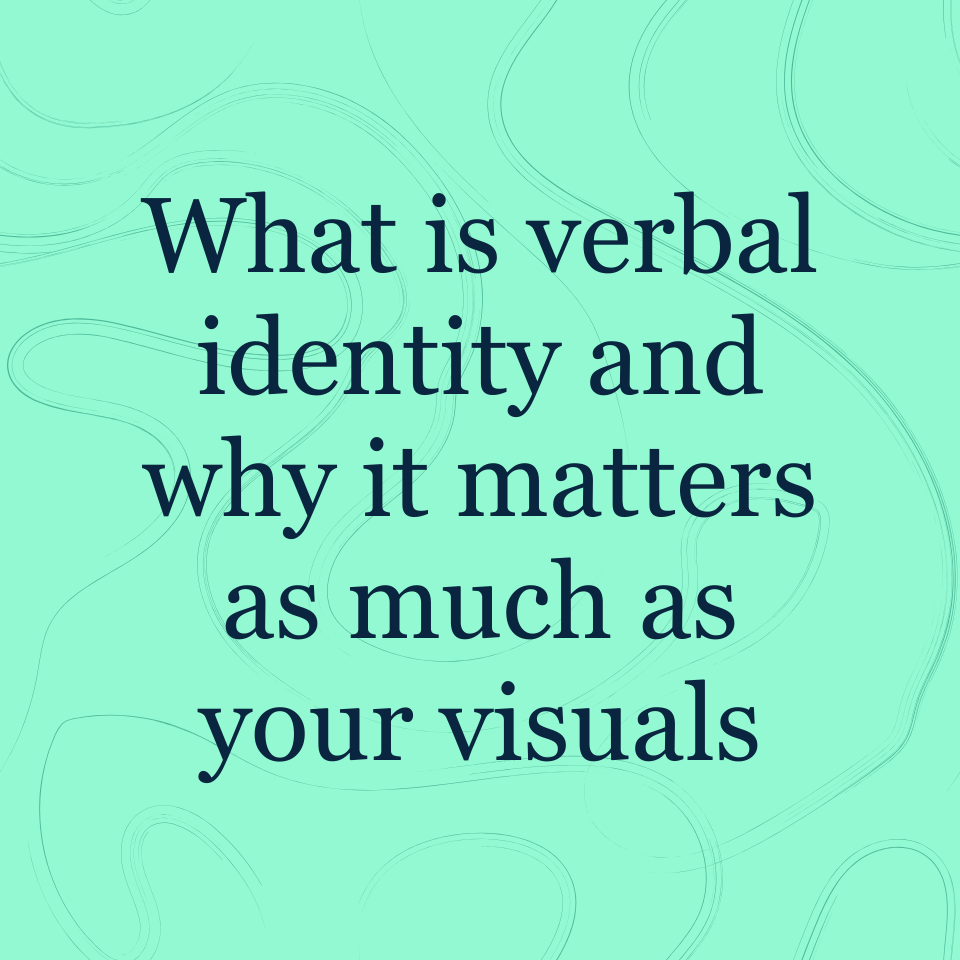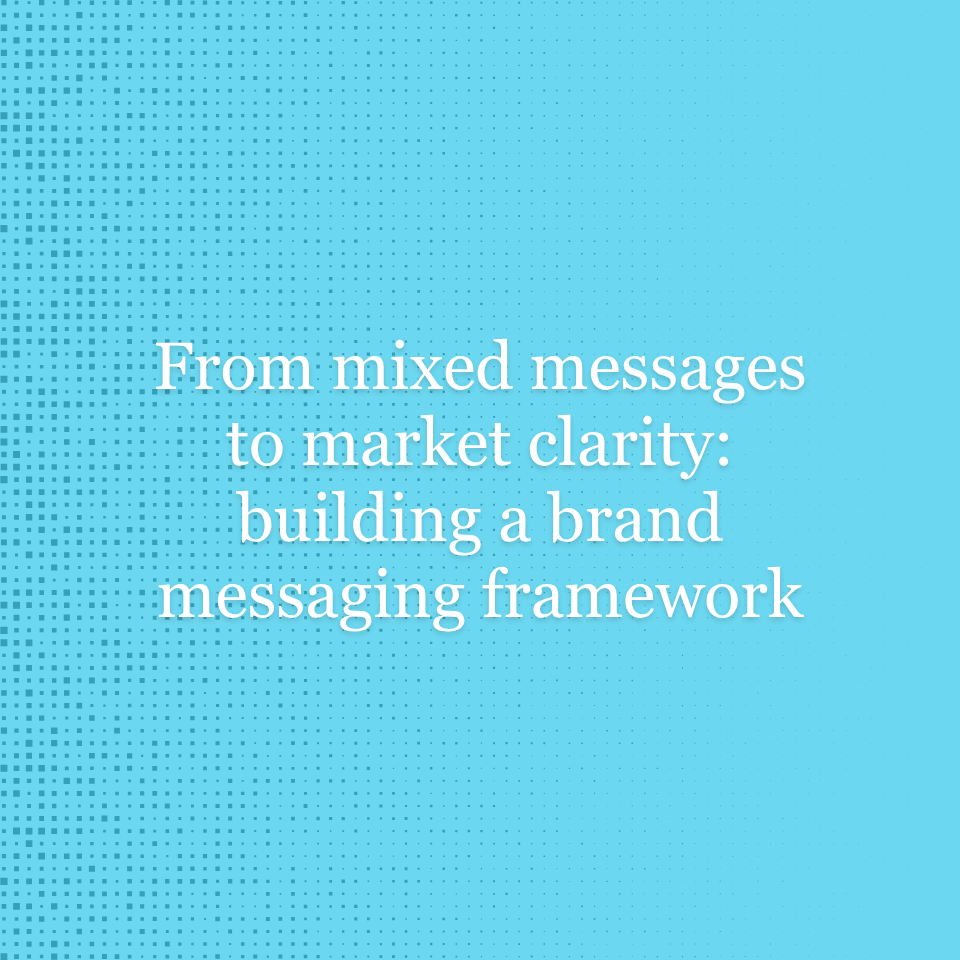“Strategy is a synonym for choice.” That’s what it used to say in bold letters on our homepage. We believe that brand strategy is the clearest, sharpest, most effective way to find the best right answer – and be confident in the decisions you make. When you’re piloting a ship through unknown waters, you want to understand where the rocks are – and where your true north lies.
Emotional connection plays a valuable role in guiding toward that true north. If strategy is your map, emotional engagement comes from understanding and connecting with your terrain. They work together. Connecting emotionally with customers can yield big pay-off for brands. Brands like Patagonia (devoted to sustainability and clothing repair) Nike (celebrating all types of athletes) and Microsoft (empowering all people to achieve more) provide powerful examples of how speaking and connecting emotionally with your audience can be one of the most powerful tools in the brand toolbox.
For example, Aegis Living – a senior care provider – recently approached Northbound with a need to differentiate their brand from other choices in the category. Most companies in this industry focus on providing evidence-based medical care. But Áegis is concerned with making people feel loved—treating them like family, not patients. Moving an elderly parent or loved one into assisted living is a highly emotional and stressful transition for all parties involved. Our branding work for Aegis was centered on the idea that Aegis was much more than a “retirement home:” they were a luxury hospitality brand with the purpose of creating magic and embracing possibilities – that just happened to specialize in senior residents. The new Aegis Living brand identity does recognize the uncertainty and stress related to aging and moving into assisted living, but chooses to create a living experience that is “more Disney or Ritz Carlton than Mayo Clinic” – exciting and hopeful, rather than gloomy and stressful. Aegis recognizes that their residents are not only people, but family.
The Aegis Living example demonstrates how being in touch with an audience’s emotional experiences and needs can allow for a brand to more effectively communicate with an audience, and to create more impactful customer experiences. I recently sat down with three of our Senior Strategists to discuss their thoughts on how strategy and client emotion collide to build powerful engagement. Here’s what they had to say:
Why is it important for us to understand human emotion as a strategist?
Adam: The pursuit of identifying how people feel about something is often a question that we go back to. As brand strategists, we work with businesses that care a lot about their customers. Customers are emotional beings. The only thing harder than understanding our own emotions is understanding the emotions of others, so it takes a lot of research and conversation to get to the heart of how people feel. One thing I continually remind myself is that old adage: “People rarely remember what a company says, but they will remember how a brand makes them feel.”
What do you want companies to know about successful emotional engagement?
Garrett: You don’t always have to hit a home run grand slam every time. Those small, consistent fielders are what make great teams, not the infrequent homerun hitter. Great companies take time to understand what people need communicated. They dig deeper to get closer to the truth of what their brand delivers. In research you want to look for those emotive threads within the conversation. Ask questions to dig deeper. Take the time to understand the emotion that you are trying to ignite at every touchpoint throughout the experience, not just in big communications pieces.
How can you help create an emotional connection with your brand or product?
Sara: It’s no different than how people create emotional connections with each other. It’s about truly understanding and having empathy for your audience. You need to understand what motivates them and what their pain points are, what they think and feel, and what they see and do – and then meet them where they are.
If you don’t have the time or the budget for customer research, there are several methods you can use to better understand your audience. For instance, we like to workshop audience shared values, which involves putting yourself in the shoes of multiple audiences who have various roles and responsibilities, with the goal of understanding their distinct needs, wants and wishes – as well as their shared values. Not only is this effective and insightful, but also a fun exercise.
By pinpointing honest emotions, you can align your brand positioning in accordance with these feelings and ensure your messaging is consistent and relevant at every touch point, for more authentic audience engagement that will help build an emotional connection with your brand.
As your brand continues its journey, take the time to ask the important questions that help you engage with your customers in powerfully emotional ways. If you need a hand, don’t hesitate to reach out.

Kristen Smith | Assistant Account Manager




